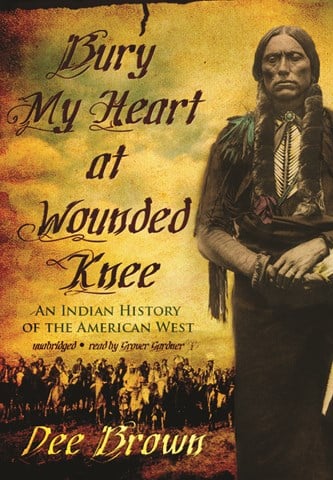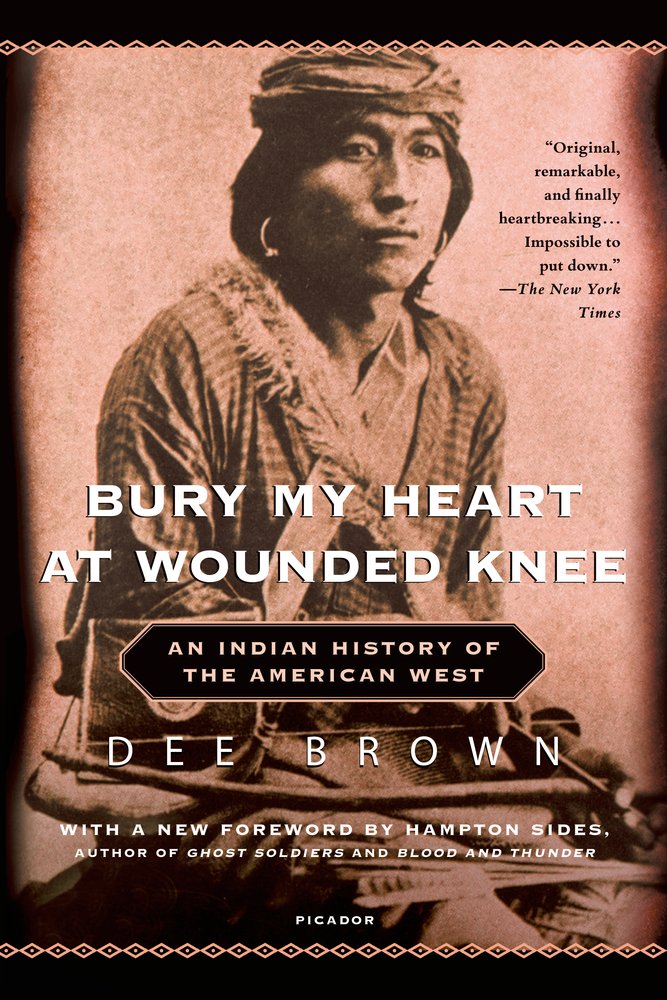

However, they failed to make a real difference in the fate of the Indians. There were genuinely good white men present. Military charges would sweep away tribes, killing women and children and soldiers burned all items left behind by fleeing survivors. Repeated most often was the story Black Kettle's people, not that of the Navaho. Having accomplished everything that they set out to do, they had much of which to be proud.

When the dust settled they had kept themselves out of the Civil War, where their enemies would have been other whites and better armed, and also drove the Indians from Colorado. They also had him geographically in the right place to ambush his tribe, which they did one day.Ī militia made up of local armed men butchered women and children and defiled their bodies afterwards. After many promises of safety and protection the governor of Colorado and a preacher turned general had the chief Black Kettle convinced of his safety and their honor. One of the low points of American history must be the massacre of the Black Kettle camp in Colorado. Chivington, from Bury my Heart at Wounded Knee, Dee Brown. "I have also heard of numerous instances in which men had cut out the private parts of females and stretched them over their saddle-bows and wore them over their while ridding in the ranks." Only after many years of such treatment were they allowed to leave the worthless piece of land they had been forced onto after many of their elders and children had died. Destroyed where their fields of grain, herds of cattle and horses, and peach orchards. The first such story is that of the Navaho, who were abused and persecuted by a General from California during the period of the Civil War. Most chapters, aside from the first which is summarizes the story of the Indians from 1429 to about 1860, tells the story of the conquest of one group of Indians. The book is the story of the conquest and subjection of the American Indians of the west from about 1860 to 1890. This review covers the 1990 republication, which includes a new preface. The book was originally published in 1970. It is painful because it is shameful, bloody or horrible. It is not painful because it fails in its prose or in its ability to tell a story.

"Bury My Heart at Wounded Knee" is a painful book to read. Stephen Vincent Benét, from Bury My Heart at wounded Knee, Dee Brown.


 0 kommentar(er)
0 kommentar(er)
